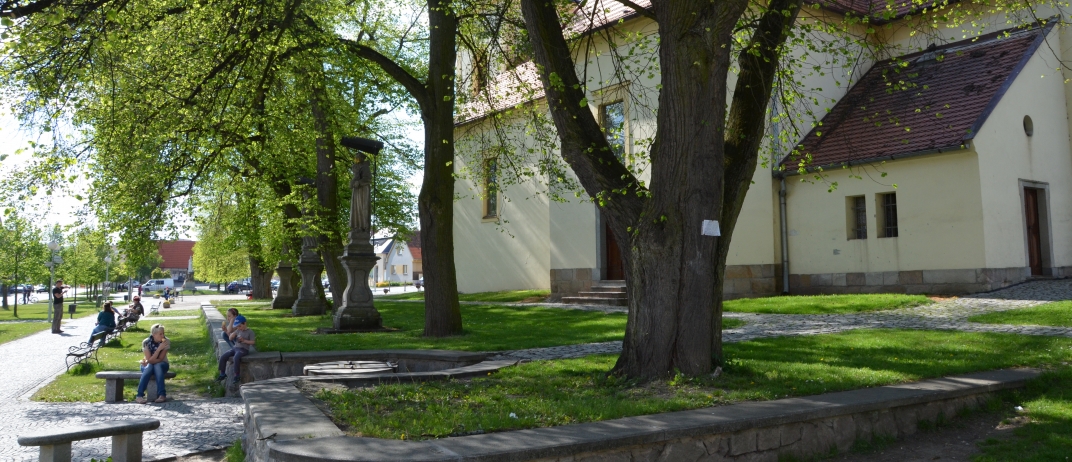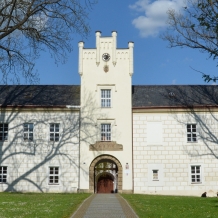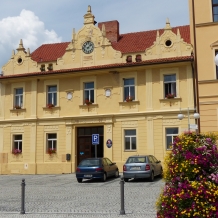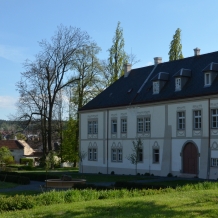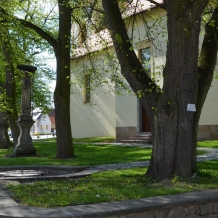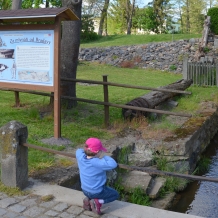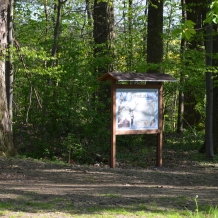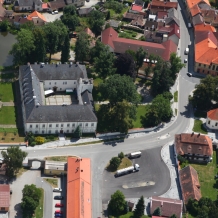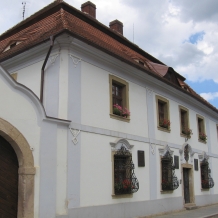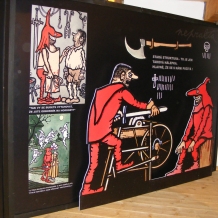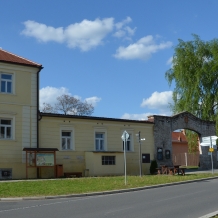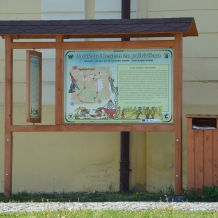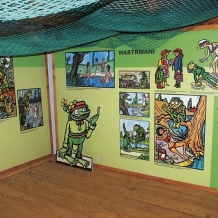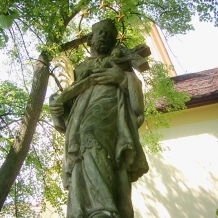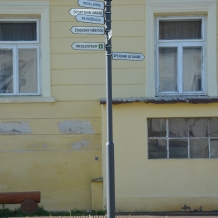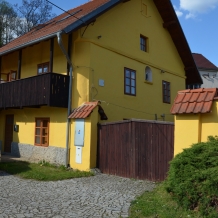In the footsteps of history and natural beauty
Let’s start the walk through Spálené Poříčí by revealing the symbolism of its name, which denotes the history of this picturesque town located at the foot of the Brdy mountain range. The original name, Poříčí, referring to the town’s location by the river, took on the adjective “spálené” (burnt down) in 1620, as in that year a large part of the town was burnt down by the imperial army led by General Bukvoj. The unusual combination of two natural elements, fire and water, is just one of a number of interesting things about Spálené Poříčí, which boasts the title “Historical Town of 2003”.
Let’s start the walk through Spálené Poříčí by revealing the symbolism of its name, which denotes the history of this picturesque town located at the foot of the Brdy mountain range. The original name, Poříčí, referring to the town’s location by the river, took on the adjective “spálené” (burnt down) in 1620, as in that year a large part of the town was burnt down by the imperial army led by General Bukvoj. The unusual combination of two natural elements, fire and water, is just one of a number of interesting things about Spálené Poříčí, which boasts the title “Historical Town of 2003”.
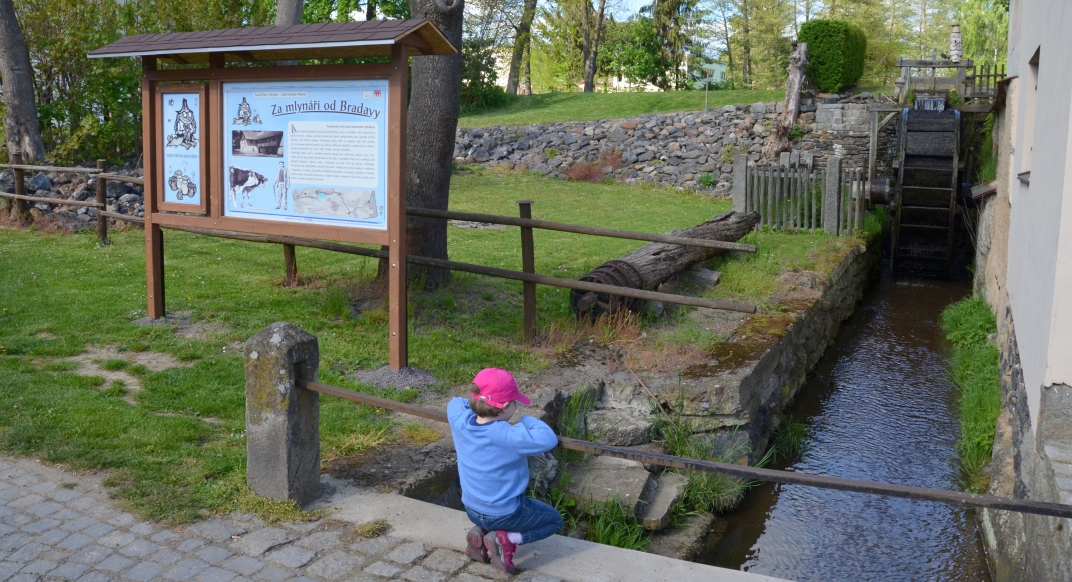
Despite its ill fate in the past, the original layout of the town centre has been preserved to this day, and the town square contains all the attributes of a historical town: a church, Renaissance chateau, Art Nouveau town hall, school, Baroque deanery, hotel and pharmacy. All that is complemented by several traditional Baroque statues of saints. Unlike the town centre, the former cooperative farm opposite the chateau has changed dramatically in recent years. The town converted the old office building into a hotel; the stables were turned into a lounge with a restaurant for social occasions, and the brewery cellars were reconstructed in the original style. In 2010, the huge warehouse was reconstructed and turned into the Jiří Winter Neprakta Gallery with an exhibition called “A Walk through the Brdy Mountains”, featuring the crafts and life of the past, including an actual charcoal kiln. Even today, if you take a deep breath, you can still smell the golden grain mixed with freshly dried hay.
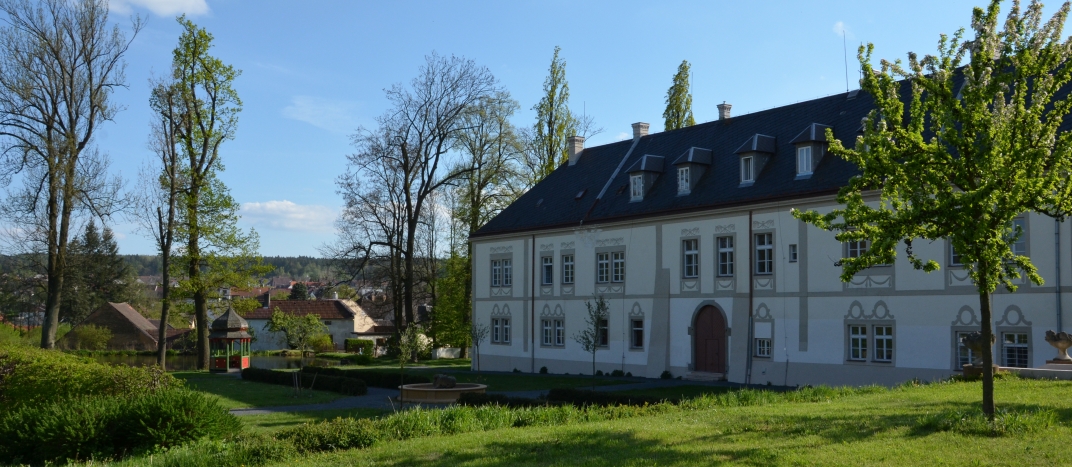
The early 17th century chateau with a neo-Gothic tower added to it houses a concert hall with an original coffered ceiling and features a collection entitled “Crafts and Rural Life in the Early 20th Century”. The manor is surrounded by a small geo-park with a clacking water wheel. From here, you can walk along the Hvížďalka Nature Trail towards the welcoming embrace of the Brdy countryside teeming with legends and tales. According to one of them, beneath Hvížďalka Pond’s embankment there is a waterfall dropping over a pit as deep as the Těnovice church. If you are lucky, you can see not only a kingfisher, but also the rare stone crayfish. Another stop along the way is near a corridor hewn out of a rock, which supposedly once led to the mysterious Castle of Šroubek, the fortified home of a local knight.
For a number of years, Spálené Poříčí has been home to the Animal Rescue Station, which is open to the public by appointment, where you can see how wild mammals and birds are taken care of before they are released back into their natural environment. Visitors are welcome to bring cat food for hedgehogs, sponge biscuits or stale bread for swans, or grain mixtures for small birds. Another symbol of the town are the storks that regularly nest on top of the former brewery chimney. Sculptures and reliefs depicting animals can be found in many other places throughout the town. For example, visit the so-called Trykar House (House No. 47 on the square) which features a falcon and does, and across the street you will see the proud Czech lion having pinned down the Austrian eagle next to the monument dedicated to John Hus. There are countless romantic places with specific references to the rich history of Bohemia and natural wonders throughout the town and the surrounding area.
